6. American Graffiti (George Lucas, 1973)
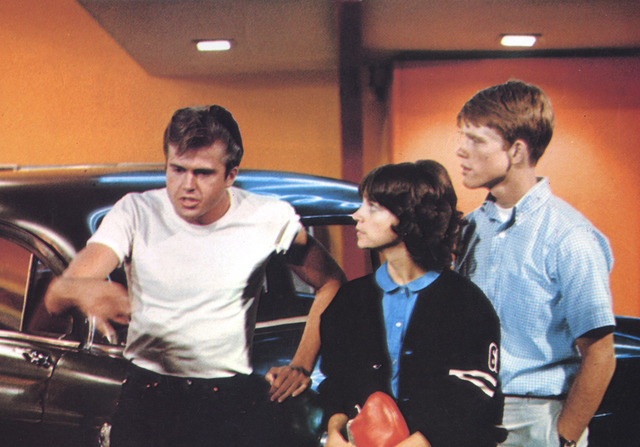
Before George Lucas became the recognisable household name that brought Star Wars forth into the world, he was just an aspiring director with big dreams and a nostalgia for his college and teenage years.
Despite facing great difficulties with funding from Universal and several rejections from other companies, Lucas was determined not to compromise his vision. When his friend Francis Ford Coppola stepped in as producer, studios became much more receptive, increasing budget to approximately $775 thousand, and Lucas was rewarded for his tenacity with a Best Picture nomination.
American Graffiti follows a group of friends, about to split up due to two of them leaving for college, on their last night together as they cruise through town, meet new people, get into fights, races and pranks. Come morning, a lot has changed regarding what they thought they knew about themselves and their life decisions.
Supposedly taking place in Modesto, California, where Lucas himself grew up, the movie was shot in San Rafael and Petaluma instead, as he felt Modesto had changed too much. The problems the crew and cast encountered were numerous, with crew members getting arrested or injured on set and actors getting regularly drunk, their permits being revoked by the city of San Rafael and generally constantly put behind schedule.
Everything turned out for the best in the end, though, with the movie being wildly popular among young people and drawing $140 million in revenue or, in other words, about 200 times its budget. Its intimate, nostalgic feel, delicate performances, feelgood oldies soundtrack and sense of genuine fun (as many lines and scenes were improvised) placed it 62nd in the Greatest Movies of All Time list by the American Film Institute.
7. Mad Max (George Miller, 1979)
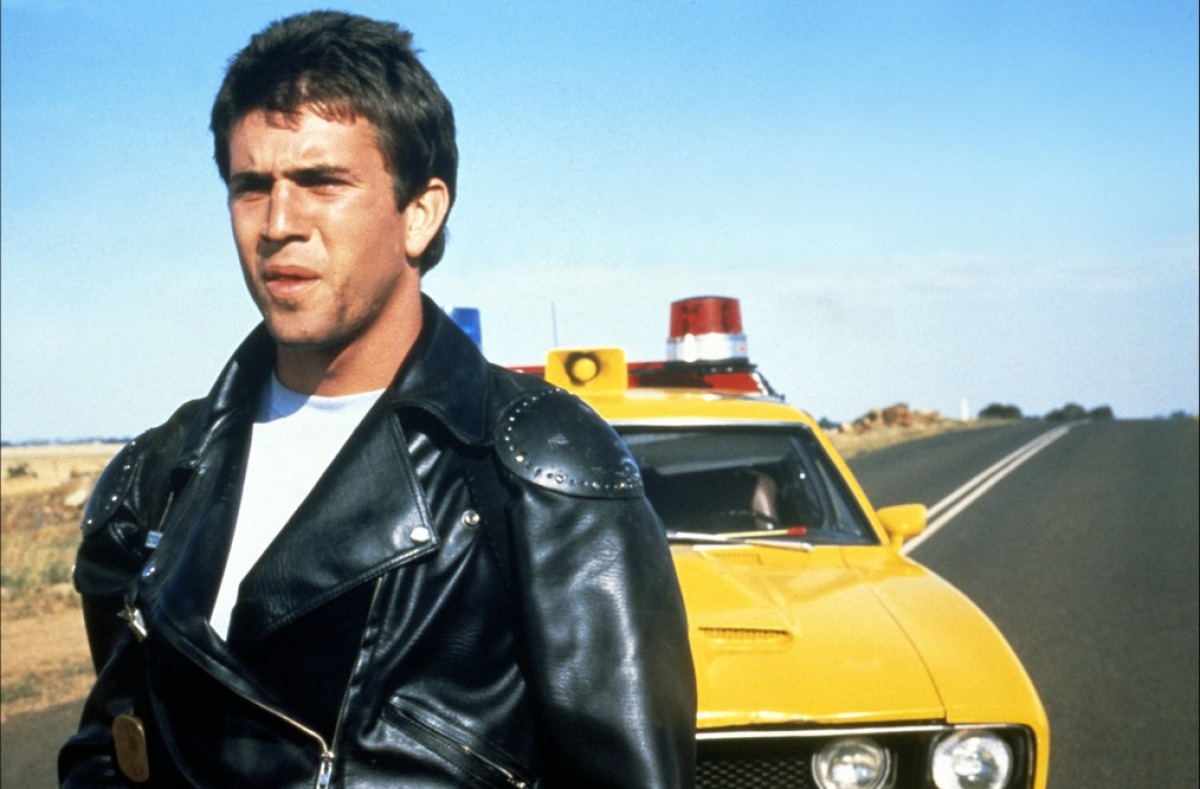
The classic dystopian franchise recently made waves with its dynamite comeback in 2015, Mad Max: Fury Road, 36 years after the original movie was released. Even die-hard fans were skeptical at best about how well director George Miller would perform. What was expected to be a cash-grab, though, proved to be a contemporary experience of epic proportions that transcends previous installments. Back in 1979, however, making Mad Max with 1/500 the budget (namely, about $300 thousand) was a different story.
Set in a post-world war, decaying wasteland of a society, Mad Max tells the tale of the eponymous hero, a former cop that roams the outback in a futile effort to contain the rampant crime. Miller worked as an ER doctor when he conceived the main idea after seeing the kind of injuries sustained by victims of car and motorcycle accidents; that is also the reason why all such scenes in the film seem so realistic.
The project was materialised partly thanks to George Miller’s medical career as well, specifically his 3-month worth of emergency calls salaries. During auditions, a then-unknown, young Mel Gibson was famously cast after appearing badly bruised from a bar fight, not to read for a part but just to escort his sister. He was asked to return three weeks later, by which time he was all healed up and unrecognisable, and thus given the protagonist role along with the break of a lifetime.
Creators had to keep being unbelievably inventive so as not to be hindered by the tight budget and manage to shoot most of the car chases they had planned; many vehicles used were decomissioned, old and/or salvaged from scrapyards. The gang’s motorbikes were donated by Kawasaki and even the director’s own van makes an appearance.
Despite everything, the movie, arguably the lowest-costing of the franchise, went on to make almost $100 million at the box office. Not bad at all for a film that had to be overdubbed before being released in the United States, due to actors’ unfamiliar Australian accents.
8. Once (John Carney, 2007)
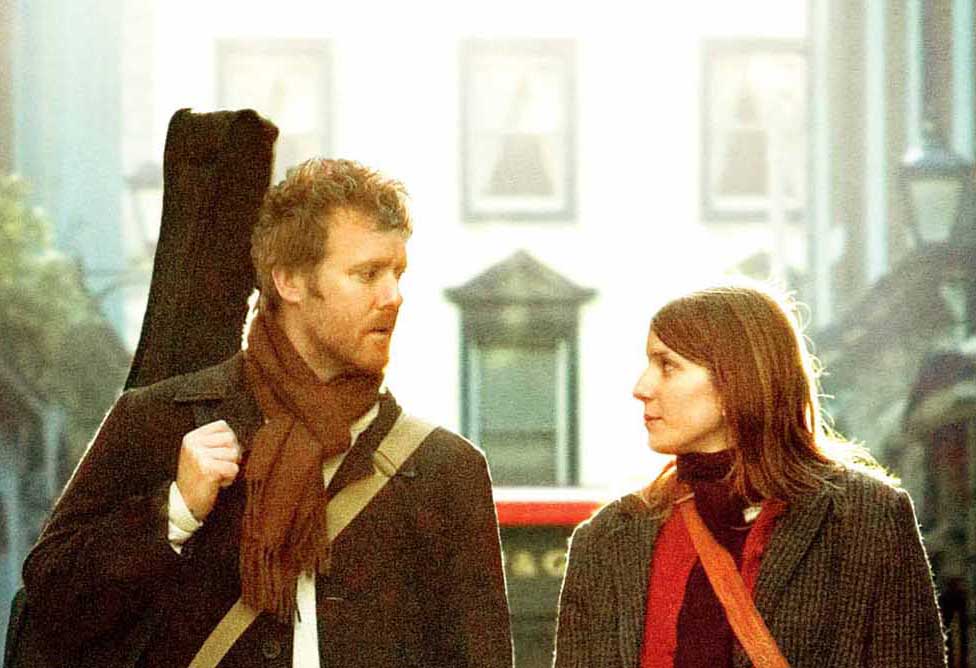
An Irish, and wonderfully so, romantic drama and musical, Once is the fruit of long and arduous effort by its director, John Carney. He struggled with funding, spending years in development with the Irish Film Board being sceptical about supporting a project starring two completely unknown musicians with almost no acting experience. Eventually, it was made for $160,000 and proceeded to find considerable success in theatres as well as awards, even winning the Academy Award for Best Original Song in 2008.
A bittersweet romance between a Guy, a heartbroken street musician, and a Girl, a Czech pianist trying to make ends meet, begins in Dublin when the two meet by chance. Through relatively few dialogue parts (the original screenplay was just about 60 pages), the film captures all the inherent melancholy of a love story by song instead.
Shot at times like a documentary, closely following the artists as they play, through their expressions and the process of recording, it maintains a candid feel by the use of long lens shots in outdoor scenes. The reason for these shots was actually the lack of permits, but they also allow for the amateur artists to perform comfortably and the beauty of the city to casually shine through. Audiences everywhere rewarded this indie gem with $20.7 million gross revenue.
9. Night of the Living Dead (George A. Romero, 1968)
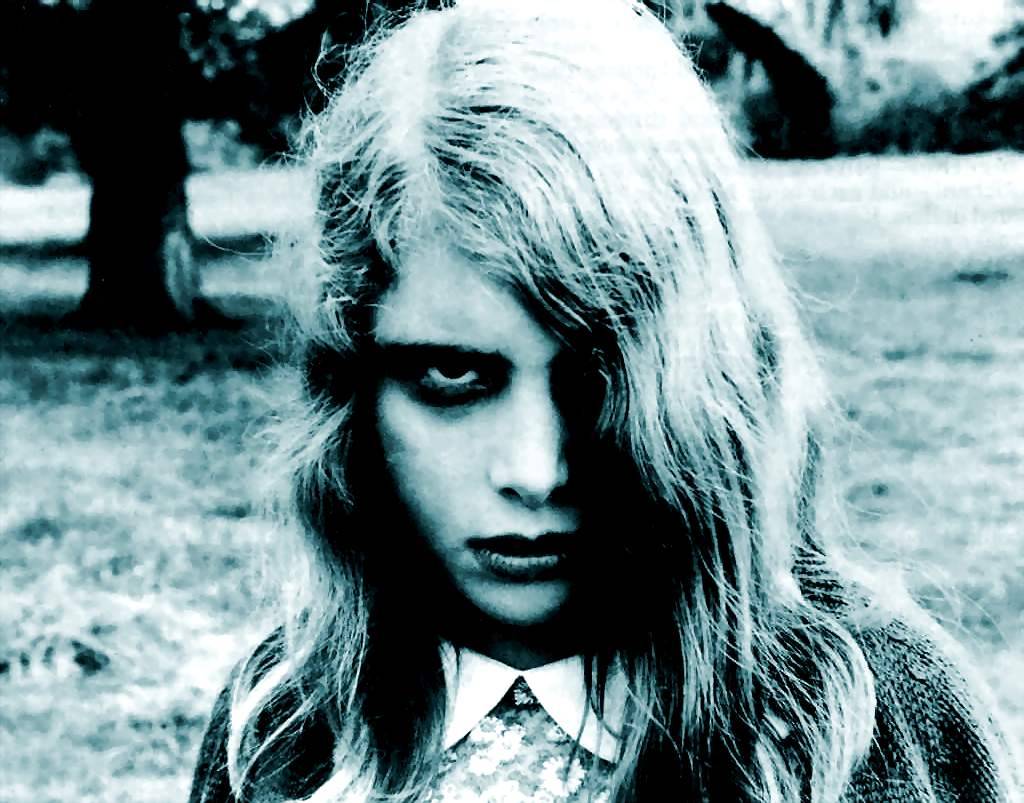
This is a film that marks a lot of firsts for the American cinema; it shows unprecedented, graphic violence onscreen and features an African-American protagonist. It is also the first to depict zombies specifically as reanimated corpses, hungry for human flesh, although the term zombie is never used in the entire movie.
The film opens with a young woman, being hunted down by a strange man who attacked her brother, that finds shelter in an apparently empty house. She is soon joined by six other people, a young couple, a family with an injured child and Ben, the man that finds her first, comes to her rescue and assumes the role of the natural leader of the group.
While they are staying inside, boarding up the place, strange figures gather outside, lurking, and the radio only has troubling, increasingly frightening news to offer.
Yet another addition to this list that is a directorial debut, Night of the Living Dead was made on a meager $114 thousand. It may seem quite dated from the horror-related aspect but its portrayal of people immediately turning on each other in a crisis remains the most realistic part. Of course, it would be a grave omission to pass by its powerful finale, one that is not often found in a movie of this genre.
The filmmakers may have never intended to add the racism dimension to the film, but both because of its protagonist and timing (it hit theatres right after the assassination of Martin Luther King) it is evident anyway.
In a sense, even the very fact that they tried hard to ignore it and insisted they cast Duane Jones simply because he was the best goes to show a lot. In any case, the movie grossed $42 million and set in motion a whole series, countless remakes, prequels and spin-offs, as well as an unmatched horror legacy.
10. Clerks (Kevin Smith, 1994)
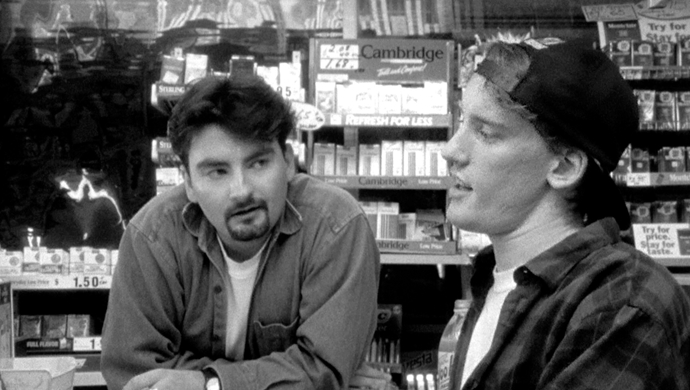
The iconic 90’s film that launched Kevin Smith’s career probably needs no introduction. Endlessly quotable, effortlessly cool and with a killer soundtrack to match, it perfectly captures the angsty and sarcastic journey of young Gen-X searching for direction in life.
20-something Quick Stop employee Dante is forced to come to work on his day off and the subsequent day turns out to be a hellish ordeal, hence the protagonist’s name and the division in chapters, courtesy of Dante Alighieri’s Divine Comedy. A collection of colourful characters comes and goes from the shop, including but not limited to Dante’s friend Randal, both his ex and current girlfriend, two drug dealers and an army of outrageous clients.
Director Kevin Smith was working at the very store in which most of the film is set at the time. As he was only allowed to film during closed hours, he devised a plot point to explain the closed shutters. That is only one of his several attempts at keeping the cost as low as possible without sacrificing his overall vision.
Another example is the choice of black-and-white, not out of quirk but out of need, as several shots were made with very different lightings and post-production to fix this issue would be very expensive. Smith even went so far as to sell his extensive comic book collection, borrow from his parents and max out his credit cards, all so he could throw everything he had into this project.
This risky $27.5 thousand investment certainly paid off as Clerks’ overall revenue came up to $3.1 million and Smith’s career was cemented. Despite the several questionable sequels, Clerks remains as fresh and relevant today as when it was first made.